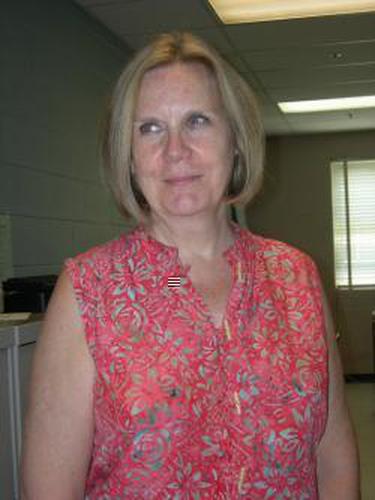
Jasmine green tea, stacks of student papers and open textbooks surround Mary McManus on a covered desk in a hot computer room. McManus teaches a variety of classes ranging from Software Applications to Computer Programming in the Business and Computer Science Department.
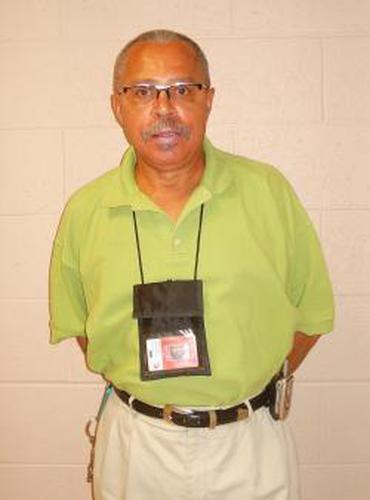
Swiveling in his chair and contemplating his typical weekend plans, Franklin Stallings chuckles and says, "Work." Since he was 16 years old, Stallings says, he can't remember a period in his life when he was not working.
The lights are dimmed as social studies teacher David Swaney sits among teenage students, below a stage decked with flashy costumes and dramatic actors. He sits as those around him do: with their violins propped steadily on their shoulders and their right arms flying wildly to create an energetic stream of music, as background for the torrent of song coming from the stage. Swaney plays with his fellow pit members, delighted to be engaging in one of his favorite pastimes while supporting his students' extracurricular interests.
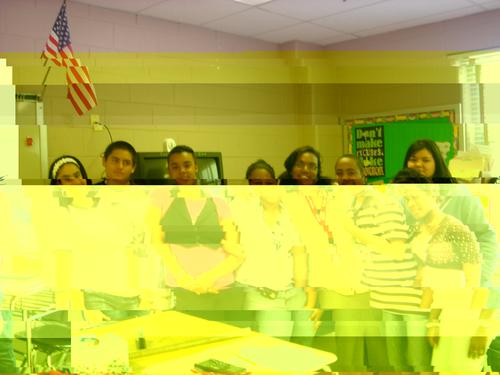
The bustle in Celita Davis's classroom can be heard from down the hall. Groups of students fill the room, some chattering loudly in Spanish, others crowded around a computer watching YouTube clips. In a corner, four friends are busily engaged in a fierce game of Uno. Colorful pictures from a Pi Day activity cover the back wall, and inspirational posters adorn the front board. A box of calculators lies abandoned on a desk and caricatures replace math equations on the white board. The scene is not unusual except for the time of day—it is 5B lunch, and these students have voluntarily abandoned the cafeteria for the comfort of their math classroom, room 235.
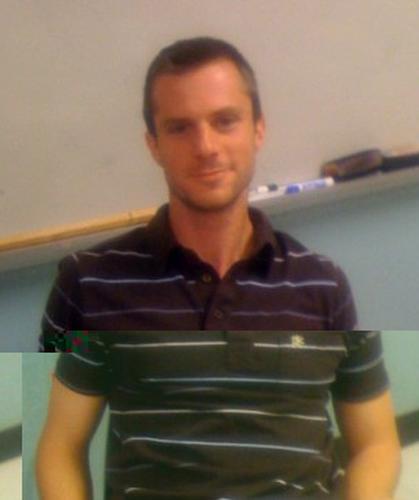
John Haigh is a typical Blazer: he plays soccer constantly, loves the outdoors, wears American Eagle clothes and enjoys hanging out with his friends and jamming to alternative rock music. He could be just a typical teenager – which is why it is easy to forget that he's a teacher.
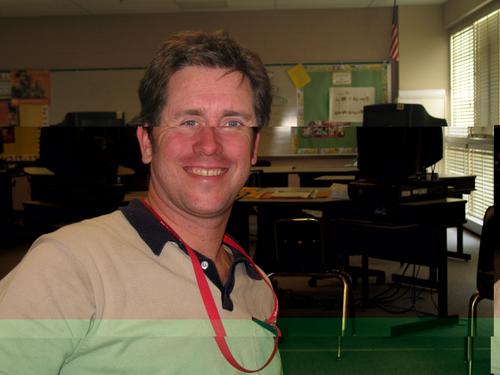
A young man sits at a crowded desk in the Business and Entrepreneurship Office, flipping through pages of student reflections found in a lopsided pile of journals. Eyebrows furrowed in concentration, he reads a student's account of relatives faced with nearly insurmountable debt — a financial burden that could have easily been avoided, had they taken a business course. When the student begins to express her gratitude for the financial acumen she has developed through his business class, Kevin Murley's deep blue eyes brim with a newfound resolve to teach.
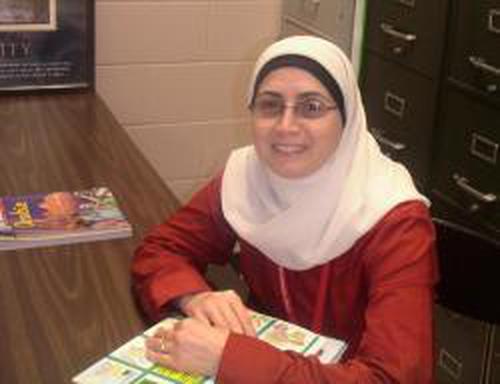
Wearing a black headscarf and clutching a rolling backpack that follows the short steps of her petite frame, language teacher Sawsan Darwish stands out at Blair. But in just a year, Darwish has managed to merge into the Blair community with her charismatic personality.
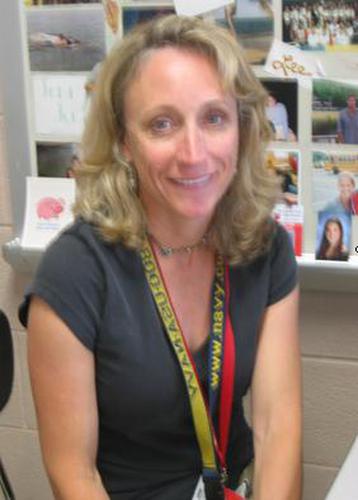
Margaret Jessell may not be a teenager, but she still plays Truth/Dare, hosts murder-mystery parties and goes to R.E.M. concerts with her friends. A petite woman with piercing blue eyes, Jessell seems solemn and very serious. But in reality, she is the complete opposite. "Oh, I'm mean and uptight," she jokingly describes her personality. Then, cracking up at her joke, Jessell reveals the hidden goofy and outgoing side that her students, children and friends have the privilege to see.
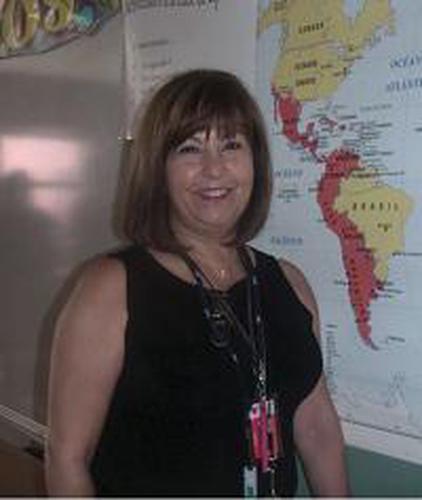
The foreign language academic support classroom is perpetually jam-packed during lunch as students filter in and out, looking for a teacher to help them. The environment seems chaotic – that is, until the commanding presence of Spanish teacher Dora Gonzalez enters the room. She hands each student the material that they need in a businesslike fashion. Then, noticing a former student complaining about his work, she addresses the classroom jocularly as her smile belies her seriousness. "If he had taken a class with me, he would have experienced a lot of fun," she says.
Technology teacher John Holt idly twirls a file in his hands as he sits on a mini-stool in a third-floor tech lab on the third floor overlooking the courtyard on a bright blue-skied afternoon in May, as he recalled how he had made his career choice and ended up at Blair. Having grown up right down the street from Blair, Holt is accustomed to such afternoons.
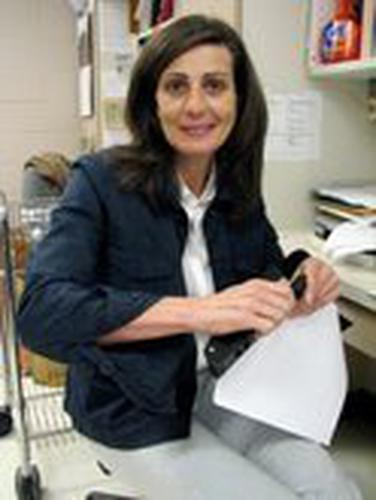
"It's like I'm an actress in front of an audience, so I need to know what the audience wants," says a smiling Maria Cuadrado-Corrales as she describes her teaching style. Cuadrado, a Spanish teacher in Blair's Foreign Language Department, has been teaching at Blair for three years but has taught in other schools for the past 15.
By seventh grade, she and her mom had decided. She was not going to be anybody's secretary. She was not going to be a waitress. And she was definitely not going to be a teacher. Yet Candace Thurman is currently finishing up her third year teaching at Blair after having taught for 23 years at Walter Johnson.

The usual noise surrounds the weight room. The football players are noisy, music is blaring and others are screaming while trying to finish their final repetitions. However, most of the noise is coming from Rob McMahon. "Don't bend your back," he says to a freshman. "Push harder," he says to one of the football players.
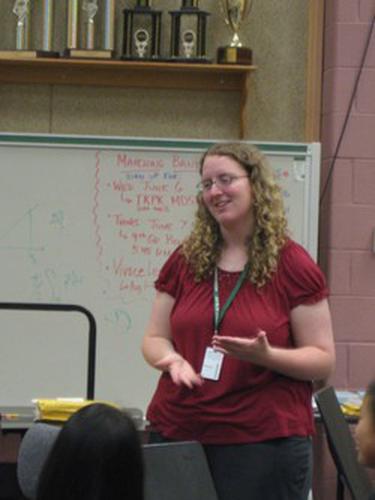
Michelle Roberts decided in high school that she wanted to teach music. Sitting at her desk, Roberts gives an amused yet somewhat cynical laugh as she recalls her band director's warning. Shaking her finger, Roberts does an animated imitation of her teacher. "You know it's a lot of work, but I'm telling you, it's a lot, a lot, a lot of work," Roberts says in a stern voice, before breaking down into laughter.
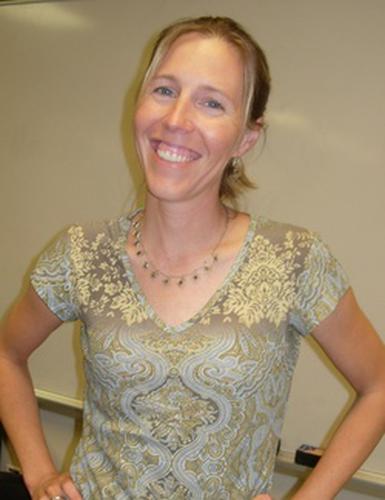
Staring down at her manicured hands, Biology and ESOL environmental science teacher Jenny Tanner reflects on a time when those same hands felt as if they were on fire after she ripped seeds out of poisonous peppers for a day.
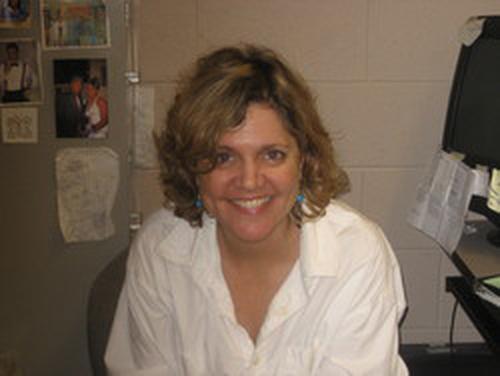
It is the first day of ninth grade, and a group of anxious freshmen girls nervously filter through the door to room 162. But as soon as their English teacher begins to speak in a warm Southern accent, the girls immediately feel at ease. "Y'all are my babies," Dr. Dana Simel tells them, "And I'll do anything to protect you."
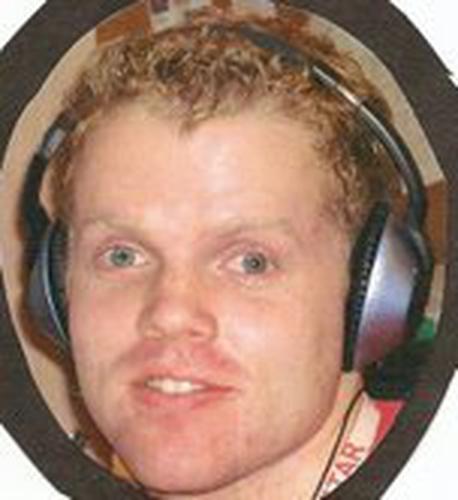
While students follow John Giles as he scribbles a complicated pre-calculus problem on the whiteboard, a sinister plot is being hatched across the room. He turns to explain what he has written when a "click" and "pop" resonate through the air and a small foam pellet hits him square in the chest. Giles has just been shot.
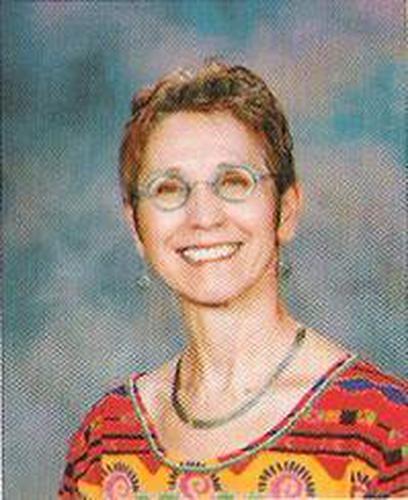
It took a little bit of time for things in Janet Berry's life to fall into place. She describes her hometown, South Bend, Indiana, as a place where "many people are from but not many stay." Early in her life, Berry saw art as her ticket out. But despite being the "artist in the class," she was hampered by a high school that offered only one art class.
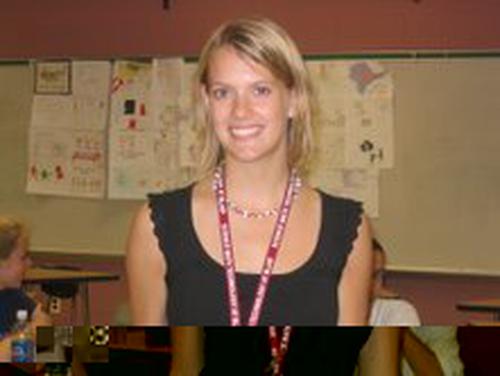
Stephanie Lee walks into a classroom wearing a new shirt. She lectures her students at the board and halfway through the class period, her students stop her to tell her that the tags on her shirt are still on. Later, her entire class has to tell her that her fly is unzipped. But for this young teacher, such situations don't spell trouble because, as she says, "[embarassing] moments like those create a good working relationship in the room."
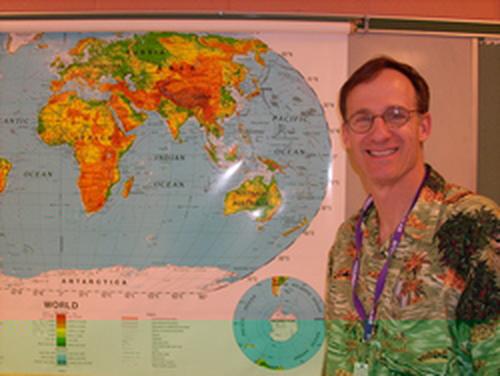
Kevin Moose is rarely seen standing still. His enthusiasm for life and learning is reflected in his rapid-fire speech as he walks the halls with colleagues or engages his students in the classroom.
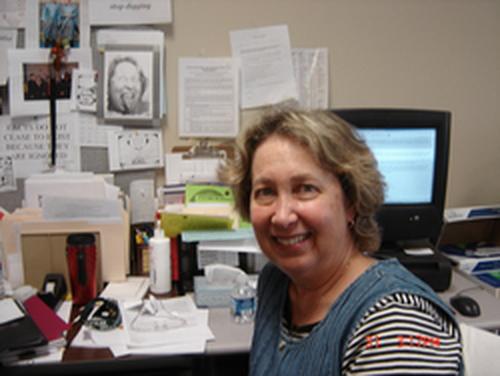
When Stefanie Weldon first entered the Edmund A. Walsh School of Foreign Service at Georgetown University in 1968, she was shocked. The atmosphere there screamed wealth and privilege, something Weldon was not used to. Yet she soon found a kindred spirit in a gentleman from Arkansas who came from a similar background. Twenty-five years later, her friend William Clinton was sworn in as the 42nd President of the United States.
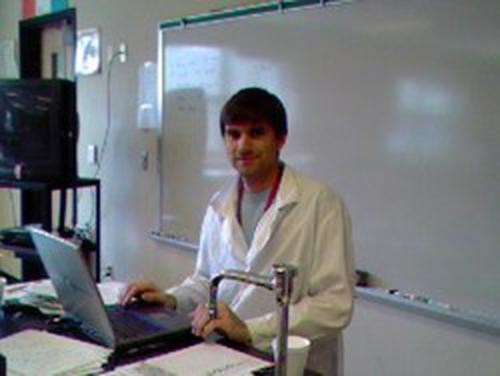
A Frisbee spins tightly on his index finger while he sits at his desk. Sporting a white lab coat and yellow goggles, Eric Prange then pours 50 ml of hydrochloric acid into a graduated cylinder.
She didn't start learning Spanish until eighth grade and she doesn't have a degree in education. Nevertheless, Kerri Galloway finds herself in Room 156 pointing out the objectives on the overhead to 19 Spanish I students.
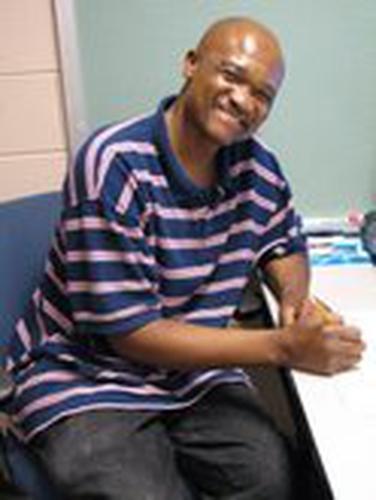
Blair is a school filled with different cultures, backgrounds, beliefs and ideologies. There are students and faculty who have come to Blair from all over the world, and French teacher Mbaya Kabemba fits right in among the diverse population.
Late January marks the end of the indoor track season. Most members have long since disappeared, whether from the onset of studying for exams or not qualifying for the regional meet. The remaining runners face the frosty track each day after school, and they are not alone. Their coach sprints alongside them, feeling the same shin splints and fatigue. She who dares to join her athletes in the dreary weather instead of comfortably standing by on the sidelines is Heather Amell.
We found 113 results.